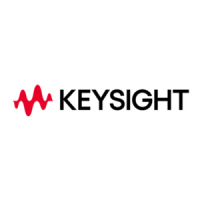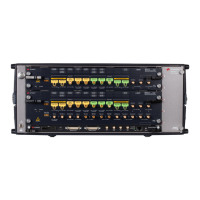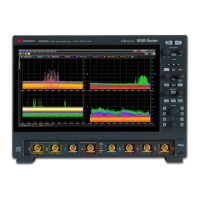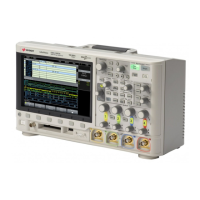CXPI Triggering and Serial Decode 26
Keysight InfiniiVision 3000T X-Series Oscilloscopes User's Guide 421
• Define — this softkey selects what you want to specify (ID, Frame Info, or
Data) and in what format (Hex, or Binary). The remaining softkeys in the
menu let you enter values.
• PTYPE — when specifying ID values, this softkey specifies whether you want
to trigger when the special PTYPE byte is present or not present.
• DLC — when specifying Frame Info or Data values, this softkey specifies the
data length code to trigger on. This will also affect the number of data bytes
you can specify in the trigger.
• # of Bytes — this softkey specifies the number of bytes of data to trigger on. It
is limited by the specified DLC value but can be smaller.
• Start Byte # — when triggering on long frames, the maximum number of bytes
of data you can trigger on is 12, but those 12 bytes can be located at an
offset within the data. This softkey specifies the offset starting byte. The
starting byte can be up to 123 when PTYPE is present or up to 124 when
PTYPE is not present.
5 When triggering on CRC Field Errors, Inter-Byte Space Errors, Framing Errors,
or Data Length Errors, there is a Filter by ID softkey that you can enable to
modify the trigger so that it occurs only for a specified ID.
CXPI Serial Decode
To set up the oscilloscope to capture CXPI signals, see “Setup for CXPI
Signals" on page 417.
If the setup does not produce a stable trigger, the CXPI signals may be slow enough that the
oscilloscope is AutoTriggering. Press the [Mode/Coupling] key, then press the Mode softkey
to set the trigger mode from Auto to Normal.
To display CXPI serial decode, see “CXPI Serial Decode" on page 421.
For CXPI triggering setup see “CXPI Triggering" on page 418.
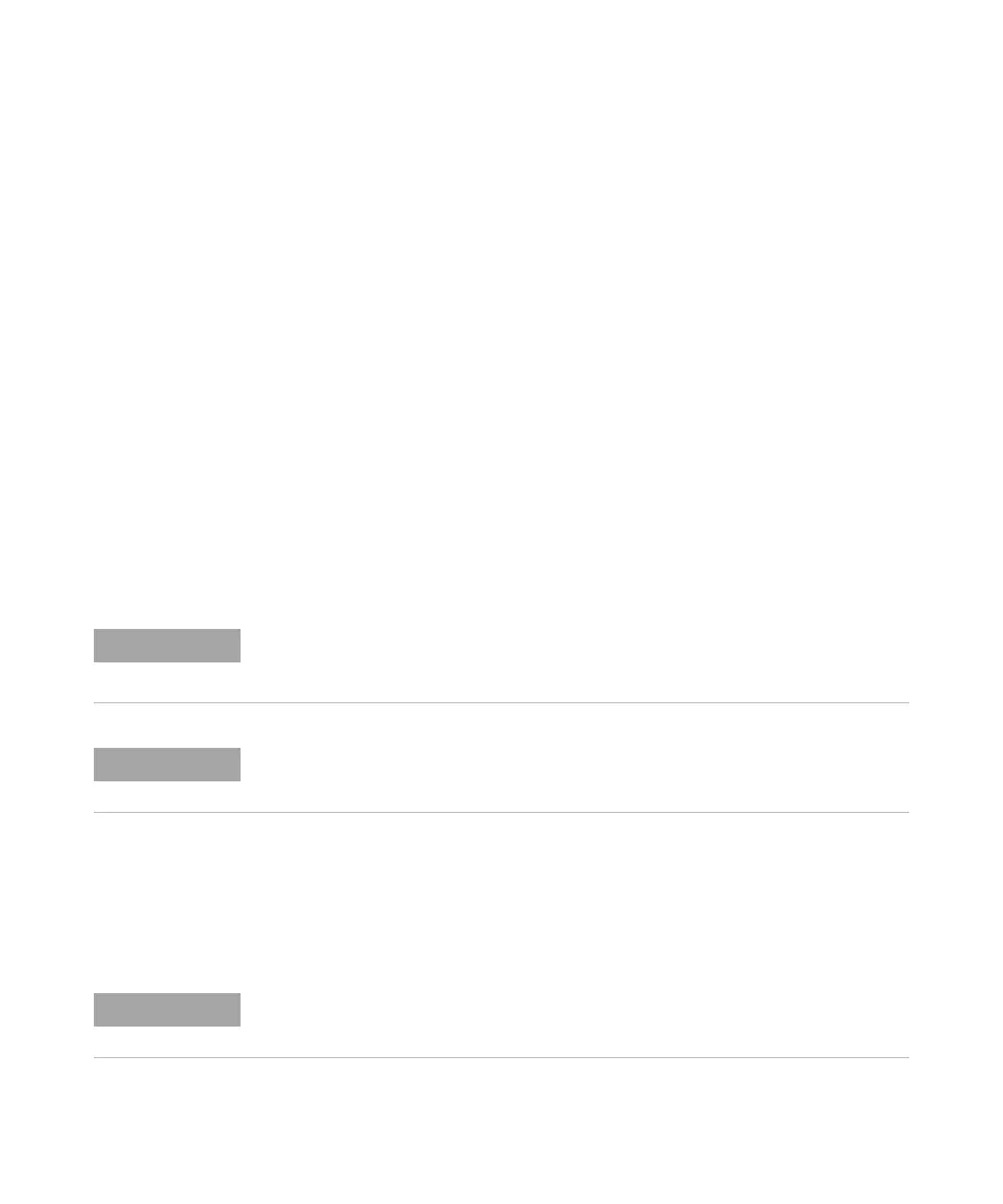